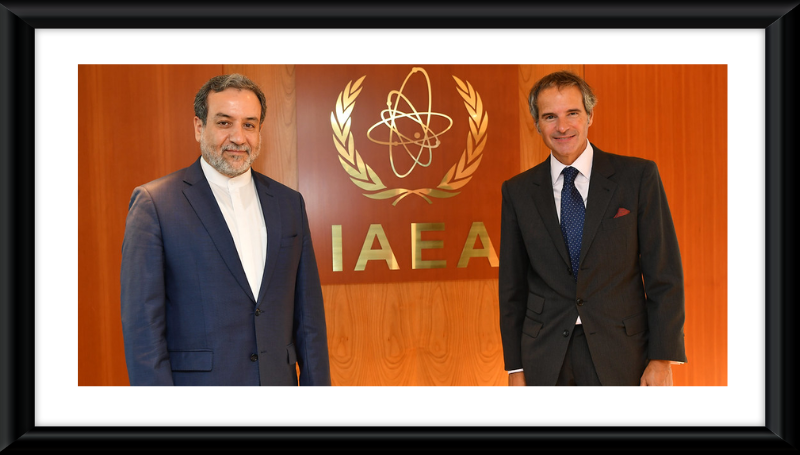Sima Shine and Eldad Shavit
INSS Insight No. 1993, May 10, 2025 – circulated June 10, 2025
“The Iranians are willing to take significant steps to scale back the nuclear program, including giving up all medium- and high-enriched uranium. However, they are expected to reject a demand for a complete halt to enrichment, as they have stated since the start of the talks.”
The International Atomic Energy Agency (IAEA) published two reports on May 31 concerning Iran’s nuclear program. One report—routine, issued every three months—summarizes the state of the program and reveals that Iran has increased the rate of uranium enrichment to a high level of 60%, and that its current stockpile is 408.6 kg. According to IAEA metrics, this quantity of uranium—if further enriched to weapons grade—would be sufficient to produce about 10 nuclear bombs. Professional assessments estimate that it would take Iran less than two weeks to convert this quantity into fissile material enriched to 90%—the level required for a nuclear weapon—and several additional months (less than a year) to produce a nuclear device. In this context, the IAEA director general reiterates that the significant increase in the production and accumulation of highly enriched uranium by Iran—the only non-nuclear state producing such material—is a source of “serious concern,” since such an enrichment level has no civilian justification.
The second report, which the IAEA was requested to prepare, summarizes Iran’s lack of cooperation and transparency regarding investigations conducted by the IAEA for about six years into undeclared materials found at sites not disclosed by Tehran. According to its obligations under the Nuclear Non-Proliferation Treaty (NPT), Iran is required to report on its nuclear materials and activities. In practice, according to the report, it did the opposite—concealed work at undeclared sites and obstructed in-depth investigations when these were exposed. This conclusion also contradicts a recent explicit statement by Iranian Foreign Minister Abbas Araghchi, who claimed that Iran is meeting all its obligations under the NPT and has no desire to produce nuclear weapons. For its part, the IAEA reiterates that it has not received an explanation for all of Iran’s past nuclear activities and cannot conclude that Iran’s attempts to conduct secret nuclear operations have ceased.
The main significance of the report dealing with past activities lies in holding up a mirror to both Iran and the international community regarding Iran’s ongoing concealment and reinforces the possibility that undeclared parts of the nuclear program may still be active to this day. In addition, the renewed reporting notes that Iran previously (2003–2004) conducted four full tests of a hemispherical implosion system that were recorded by at least one high-speed camera. These experiments enhanced Iran’s confidence that the explosive mechanism would function properly…..SOURCE


